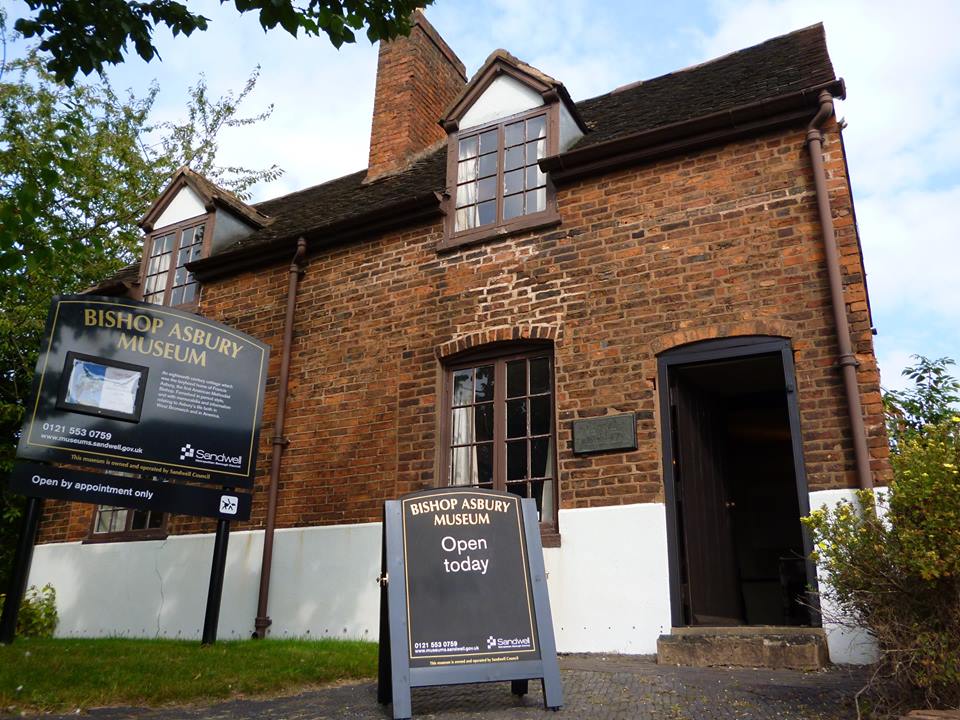Most of Winterbourne consists of post-WWII suburban
development but the core settlement of Watley's End, built
after 1770 on the old Common around the hatting industry,
has a character which is visually distinct. Salem Chapel is one of the oldest Methodist Churches in the Bristol Methodist District. Salem was the first
Wesleyan Chapel
built in villages around
Bristol in 1787 by
hatters using local quarried pennant stone. The hatters were keen Methodists, and wherever they
established a large community there was a Chapel. John Wesley recorded in his Journal for September 17th 1787 that he preached on the foundation of a new preaching house. His entry for the day reads:
“Leaving this (Bath) Society in a better state than it has been for many years, I went to Bristol, where my brother has been for some weeks. By the way I preached at Winterbourne on the foundation of a new preaching-house. There was much rain before I began, and a violent wind all the time I was preaching; yet some of these I trust, did come to the marriage. I had now two or three days to answer my letters. Every evening our room (Bristol) was well filled with attentive hearers”
John Wesley had visited Winterbourne to preach on September 6th 1750, November 2nd 1752 and October 15th 1761 (details from his Sermon Register), so it took some years for the folk who heard Wesley preach to come to a point at which they could think of building a preaching house. The land was purchased by Robert Curtis, a hatmaker of Winterbourne, for 10 guineas, from Mr George Rolf of Thornbury. The condition of the sale was the preaching house has to be built within year, or the land reverted to its original owner.
“Some of His majesty’s dissenting subjects have set apart for the service of God a room or building called the Methodists’ Chapel in the Parish of Winterbourne, which they desire may be registered in the Bishop’s Court according to an Act of Parliament of William and Mary”
(Extract from Salem Website)
The Chapel is still an important centre of religious and social life in
Watley's End.
For an interesting guide around some of the Nonconformist Churches in the Bristol area click: Here to download a map and tour guide produced by South Gloucestershire Council.
















